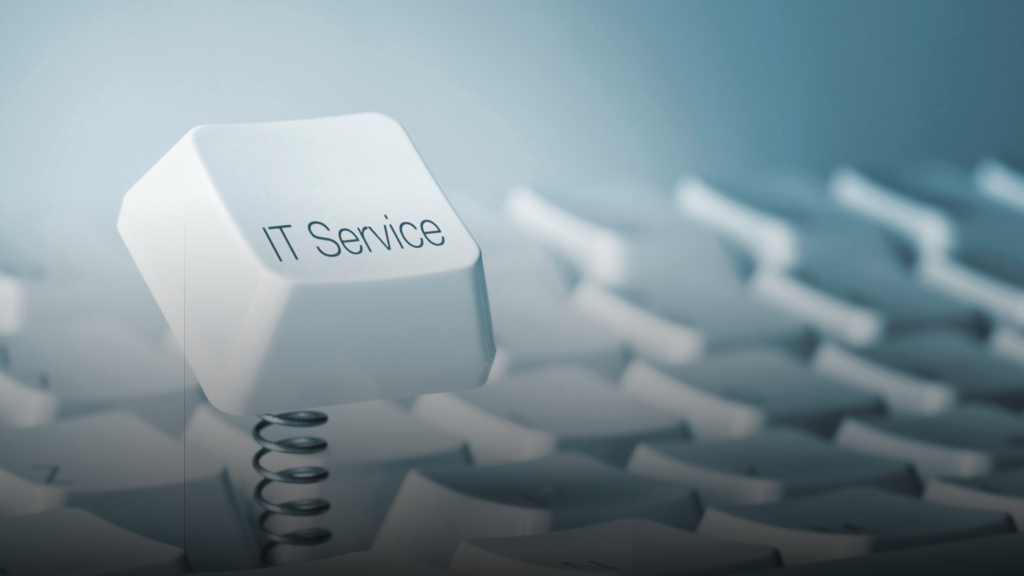Managing Remote Workstation Security Concerns

Not only do today’s remote and hybrid workforces represent an opportunity for organizations to attract global talent, but also for them to streamline their operations and reduce costs.
But what does this agility mean for IT teams? One major impact is that a large percentage of remote workers are now using their personal computers to access business data.
In this blog, we’ll discuss how IT teams should manage the security concerns that come with creating secure remote workstations for hybrid and remote contractors and employees.
Here are some key questions every network admin should ask themselves:
- Are device screensavers enabled?
- Screensavers are an important tool designed to protect work when employees step away from their desk.
- Are device screensaver timeouts acceptable?
- Having a screen saver enabled is a good thing. But is it any good if the timeout is set to an hour? This is a significant window where data is open to being compromised.
- Do our company devices have antivirus installed?
- It’s honestly surprising how many home computers don’t utilize simple antivirus tools to protect against a variety of attacks! Less than scrupulous individuals are preying on the increased number of people working from home and attacking personal networks to gain access to company data, so antiviruses are no-brainer solutions all computer users should be deploy.
- Is our antivirus real-time protection enabled?
- Enabling real-time protection is a great way to help prevent attacks on company devices.
- Are our antivirus signatures up to date?
- It’s a great start to have an antivirus installed, but it’s only as good as its last update. When was the last time your users checked their antivirus signature files?
- Do our workstations require a password to log in?
- If our computers don’t require password authentication data is ripe for theft. Passwords are your first line of defense, and every organization device should require one!
- Is the operating system auto-update enabled?
- Just like our antivirus signature files OS updates are filled with critical bug fixes, security corrections, and enhanced features. These need to be constantly maintained to keep the company network secure.
- Are any viruses currently detected?
- How clean is the personal computer that your employee is using to access a company network? Are your users working on systems infected with malware? How are you monitoring employee device safety?
- How many operating systems do your solutions support?
- How many distinct types of operating systems will you see? If your organization is BYOD make sure you can accommodate a variety of OS.
- Are your firewalls enabled?
- Firewalls aren’t perfect, but they significantly limit who can establish a connection into the end user’s computer.
- Is hard drive encryption enabled?
- What happens when you have a stolen computer? With encrypted drives data cannot be accessed via a USB connection.
While some of these security checks can be managed via policies, they only take effect when a user logs in via VPN. However, we know users can change them once they are logged in. This inevitably circumvents the controls put into place. Of course, a Virtual Desktop Infrastructure system addresses this, but saddles the end user with a less than functional experience, including lag times and network disconnects during video conferences, a crucial component of the remote work equation.
So, how can you organization make remote work safe?
Here at Venn we’ve developed a secure workspace designed for remote work that we call the Venn LocalZone. It’s an isolated desktop that runs on a user’s personal device using local infrastructure, but is located in a secure enclave that’s safe from attacks on that computer as well as personal use. Our patented LocalZone technology isolates business data and applications from the device’s local data and applications, and constantly validates user compliance. We’re excited to bring a tool to market that is designed for modern remote work models, and are happy to enable user success and organization safety by protecting business from personal, and personal from business, on unmanaged devices.
Interested in learning more? Book a demo here and let us tell you more about how we help organizations work better remotely today.
More Blogs


